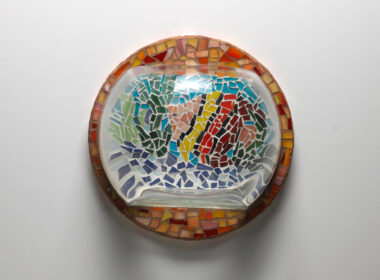
Nikki Baxendale


Artist Bio
I am Nikki Baxendale. My love affair with art and the ability to see beyond the ordinary began as far back as I can remember. As a small child with my father, a science professor, we made his lab our playground. My memories are of discovering how light changed a surface, playing with refraction, and watching as the spectrum of light danced before us. We invented macro patterns with his electron microscope and found beauty buried deep beyond the naked eye. Hours were spent with his old brownie camera, then mixing chemicals in the dark room until together we watched as the magic began to appear.
Artist Statement
I have a passion for light and water. The unpredictable nature of a wave, the energy within, and the beauty of light temperature traveling through it. I spend my time seeking out new landscapes and how geological influences alter the painting that nature creates for you to see. Most residencies in Newfoundland brought a palette that I have never experienced before. Built on a rock without debris to confuse the color, true emerald and turquoise hues completely captivated me and became the source of my latest work. This season I head to Oslo where another landscape I know will bring fresh inspiration. With camera in hand freezing a vision, ready for my brush to take over.
How does the theme ‘Biosphere’ play a role in your work?
My work is about how I see the world, which often differs from others. I look at how light changes everything. The ocean is majestic and holds every color you can imagine. I study many things and recently have been drawn to the tide pools. However the disturbing disappearance over the past decade — known as Sea Star Wasting Syndrome (SSWS) — is devastating on so many levels. Those of us who have known the pleasure and sheer joy of exploring tidal pools for hours on end and their resident, colorful starfish are left wondering. Multiple studies over the past decade make clear the very real concern for extinction, particularly in California and Mexico where the water is warmer because of climate change. Studies suggest that the bacteria or virus that is killing the starfish thrive in warm water, an undeniable consequence of global warming. With my work, I hope to showcase its true beauty and raise awareness alongside capturing and recording it for future generations.
Find Her On























Comments 22